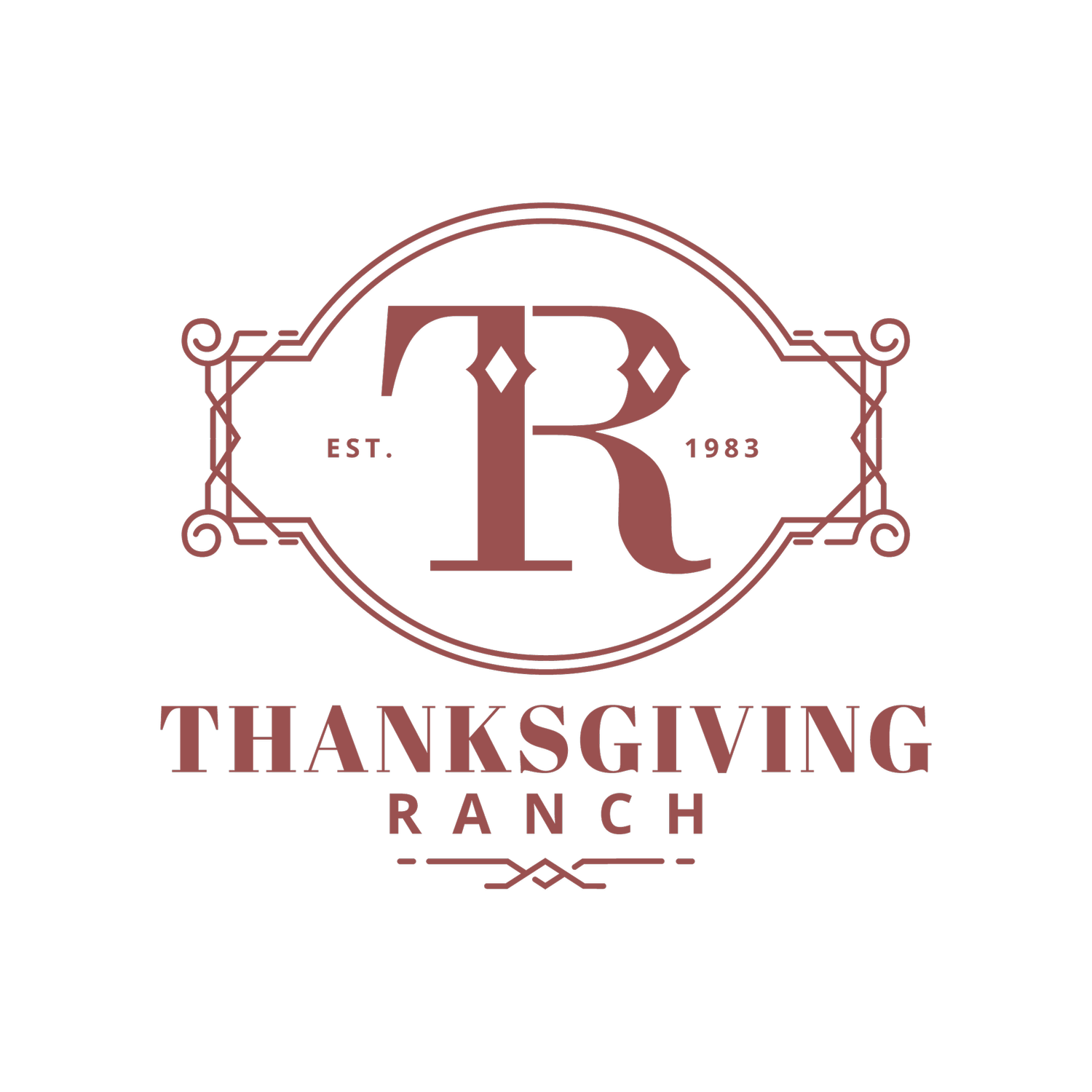Grazing
Grazing
The ancient trails surrounding Thanksgiving Ranch have been walked by indigenous tribes and migrating animals for centuries. The rich grasslands here, which are part of a belt stretching from Alaska to the Gulf of Mexico, have nourished bison and other grazing species for thousands of years. The natural trails follow the watersheds and the crests of ridges while avoiding the lowlands at their most vulnerable state in the spring and early summer when they are saturated by glacial mountain runoff.
These are the trails that were traveled loyally by indigenous North Americans to their seasonal hunting grounds. The settlement of land and the introduction of cattle in the 1800s has affected these natural migration routes and grazing of lush grassland for its natural inhabitants. We recognize the disruption that society's modern presence has caused to the natural ecosystem, and we always have, and will always proceed thoughtfully with the land that graciously supports us.
Thanksgiving Ranch accepts cattle each spring onto our natural pastures, pastures that have never been converted to cropland, and were present since before we existed.
Studies have shown that plants have the unique capability to absorb carbon dioxide from the atmosphere and use it in the process of photosynthesis. Much of this carbon is stored in the roots of the grasses and shrubs. When plants die, some of this carbon is transferred to the soil as they decompose. What you may not know is that native grasslands act as a natural carbon sink, meaning they can absorb more carbon than they release, and have been found to contain up to 200 tonnes of carbon per hectare.
Cattle are an important part of our sustainability and ecology practices. Grazing ruminants (historically, bison herds) are native to grasslands and play a critical role in the recycling of nutrients and the protection of threatened species. Hooved, heavy animals, specifically in herds, both fertilize and aerate the topsoil, promoting deep root development of natural grasses and plant species.
The intense and relentless hoof action means you will not find the usual dried up ‘cow patty’ in our pastures. With proper guidance, cattle move on to a new pasture and leave behind significant amounts of leftover grasses that will protect the soils, plants, and insect life as that vegetation dies and forms a layer of litter or natural compost. Grasslands are also richly biodiverse and harbor many of Canada’s most endangered or threatened species (e.g., burrowing owl, black-footed ferret, swift fox, prairie chicken).
Due to the mountain climate and higher elevations, the majority of the land at Thanksgiving Ranch is not suitable for producing grain or vegetable crops. However, it is perfect for grazing herds (and also perfect for trail rides, hiking, biking, and exploring). With our rotational grazing of cattle, on a very small scale, we mimic ancient patterns by following the natural paths around the Ranch. Through the summer months, when the grass is quickly growing, we gently graze cattle on our pastures. As the growing season slows, we can move relatively slower before selling them at auction in the fall.
Off Stream Water Systems
For the past 15 years, Thanksgiving Ranch has made numerous improvements and modifications to the way our cattle herd access their water. One of these is to manage and control the way cattle access their water, typically by moving water into troughs.
We developed these water systems because riparian areas, or the green zones near water bodies, are sensitive to cattle. When we use the water systems we have installed, we can help protect the water quality in the Creek. The systems minimize direct damage to the dugouts by encouraging cattle away from the water to keep the Creek undisturbed. The off-stream water systems have not only kept herds in pastures where the grass is plentiful, but they have also substantially minimized direct Creek access and disturbance of sensitive riparian areas.
Since 2014 we have installed two large solar pump systems. These systems use solar panels that charge batteries to power a pump that moves water from a dugout into troughs. The dugouts or water bodies can then be fenced off to minimize access to the water source. The systems were designed to be somewhat portable - they move around the Ranch as needed, including to paddocks where the Creek is located.
Communication With Neighbouring Ranches
The coordination and communication between our neighbors is important to raise healthy herds of cattle. We neighbor several ranches and do not want our different herds to interact. By respecting the social structures within herds and collaborating our own ‘distancing’ rules, we can minimize the distraction of another herd. Allowing animals to maintain natural grazing allows for optimal growth. We continually communicate with our neighbors to get updates on cattle grazing plans.
Would You Like to Learn More About Our Sustainability Practices?
We hope you’ve enjoyed this article and learning more about our sustainability practices at Thanksgiving Ranch. If you have any questions about our grazing practices, please contact Bradley Bustard, the Owner of Thanksgiving Ranch, at info@thanksgivingranch.ca or by phone at 403-627-1961.
